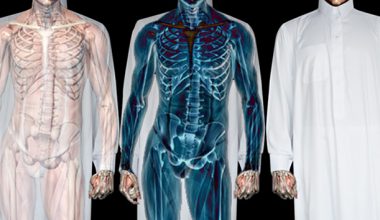
The tide is turning in favor of saturated fats. Butter? Margarine? Canola Oil? Which of these fats are safe?
For the longest time, we condemned butter as an unhealthy fat closely related to heart disease and many other health conditions. However, a recent study further analyzed the results of the famous 20 year Framingham Heart Study shedding light on exciting news (It is worth mentioning that this study took place from the late 1960s until late 1980s). They found that heart attacks increased with increasing margarine consumption and decreased with increasing butter consumption. Surprised? So were we.
Below is a graph of the overall results comparing the daily consumption of butter and margarine (in teaspoons) to coronary heart disease incidents:

Even more good news: The data showed that the first ten years had no significant association between margarine intake and heart attack incidence. During the second ten years, the group eating the most margarine had 77% more heart attacks than the group eating none (See chart below).

Looks like margarine can take a while to work its magic.
To stay fit, lean, and healthy, you have to give your body the fats it needs and craves. Here’s a list of “good fats”:
Butter (from grass fed cows)
Tallow
Coconut Oil
Palm Oil
Olive Oil (only cold pressed and UV protected)
Toasted Sesame Oil
Good to know, right? Don’t be worried about saturated fat and cholesterol. Anything artificially created is not healthy and this is a prime example. We thought that the saturated fat in butter was bad for us, so we created artificial fats in margarine to act as a substitute. Decades later, after everyone from doctors to your typical housewives and stay at home moms got on the margarine-loving bandwagon, we found out that these artificial trans fats were actually far, far worse than the naturally occurring saturated fat in butter.
Margarine remains an industrially processed pseudo-food. So, go eat your butter. No guilt.
– Dana Ghareeb, M.S., R.D.
Sources: Margarine intake and subsequent coronary heart disease in men. Epidemiology, 1997 Mar;8(2):144-9.







